When it comes to building strength and sculpting muscle, a workout bench is one of the most versatile and essential pieces of equipment in any gym. Whether you're outfitting a home gym or training in a commercial facility, understanding the different types of gym benches is key to creating a safe, effective, and goal-driven workout routine.
In this guide, we’ll break down the main types of workout benches, their features, and which training styles they best support.
1. Flat Bench
The classic flat bench is a staple in gyms everywhere. As the name suggests, it features a flat, horizontal surface with no incline or decline adjustment. Flat benches are ideal for compound lifts like bench press, dumbbell press, tricep dips, and even ab work.
Best For:
-
Bench press
-
Dumbbell rows
-
Core exercises
-
Step-ups and plyo work
2. Adjustable Bench (FID Bench)
The FID bench (Flat, Incline, Decline) is one of the most versatile types of exercise benches. It allows you to adjust the backrest to multiple angles, enabling a wider range of movements and better targeting of muscle groups.
Best For:
-
Incline/decline bench press
-
Seated curls and overhead presses
-
Versatile upper body workouts
-
Home gyms with limited space
3. Olympic Weight Bench
Often used for barbell training, the Olympic bench is larger and sturdier than a standard bench. It typically comes with a built-in rack for racking Olympic barbells, and sometimes includes leg attachments or preacher curl pads.
Best For:
-
Heavy bench press
-
Barbell squats (with combo units)
-
Lifters who train with free weights
4. Preacher Curl Bench
Specialized for bicep training, this workout bench type isolates the arms by supporting them on an angled pad, reducing momentum and improving muscle engagement.
Best For:
-
Targeted bicep curls
-
Arm hypertrophy
-
Reducing swing during curls
5. Ab Bench
Designed with core strength in mind, the ab bench typically has a decline angle and foot rollers to lock you in place for controlled abdominal exercises.
Best For:
-
Decline sit-ups
-
Weighted crunches
-
Oblique twists
6. Utility Bench (No Backrest)
A utility bench is a backless seat used for exercises that don't require full-body support. It's common in accessory movements or as a supplementary seat for machines.
Best For:
-
Seated lateral raises
-
Concentration curls
-
Tricep extensions
7. Foldable Bench
Compact and easy to store, foldable benches are great for home gyms with limited space. While not as stable under heavy loads, they’re perfect for general fitness use.
Best For:
-
Light to moderate dumbbell workouts
-
Small space setups
-
Beginners
8. Roman Chair / Hyperextension Bench
A hyperextension bench supports the hips and legs to allow back extensions and glute-ham exercises, improving posterior chain strength and posture.
Best For:
-
Lower back extensions
-
Glute ham raises
-
Core and spinal health
Choosing the Right Type of Weight Bench
Here are a few things to consider when deciding between types of gym benches:
-
Training goals: Are you focused on powerlifting, bodybuilding, general fitness, or functional training?
-
Space and storage: Fixed benches take up more room, while foldable ones fit small spaces.
-
Load capacity: Olympic and commercial-grade benches support heavier weights.
-
Adjustability: More adjustable options allow for more diverse movements.
Final Thoughts
From basic flat benches to multi-position adjustable setups, the world of exercise bench types offers something for every lifter. Investing in the right weight bench type ensures not only proper form and comfort, but also opens up a wide range of exercises to help you reach your goals faster and more effectively.
Whether you’re a beginner or an experienced athlete, the right bench can be the foundation of your strength journey.










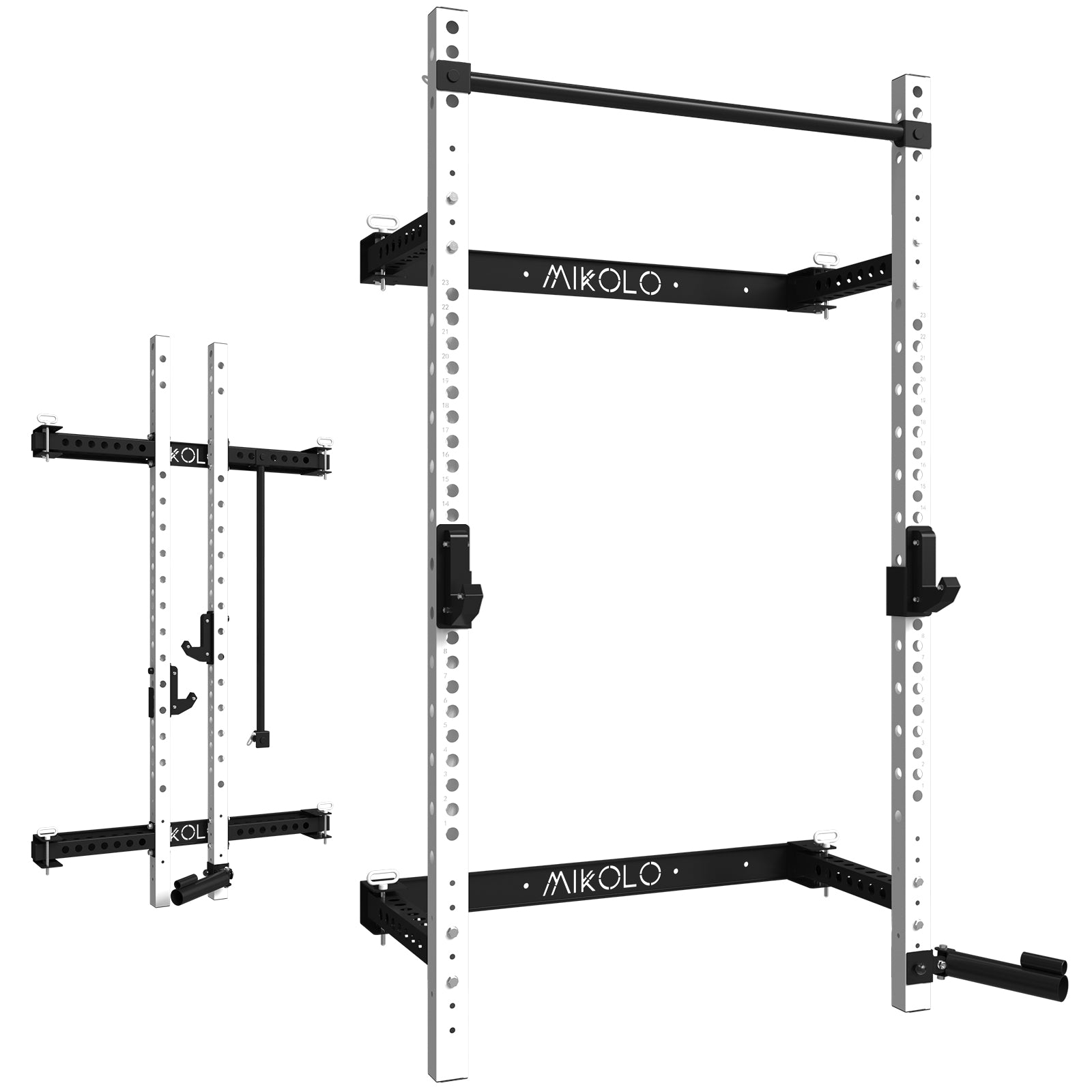




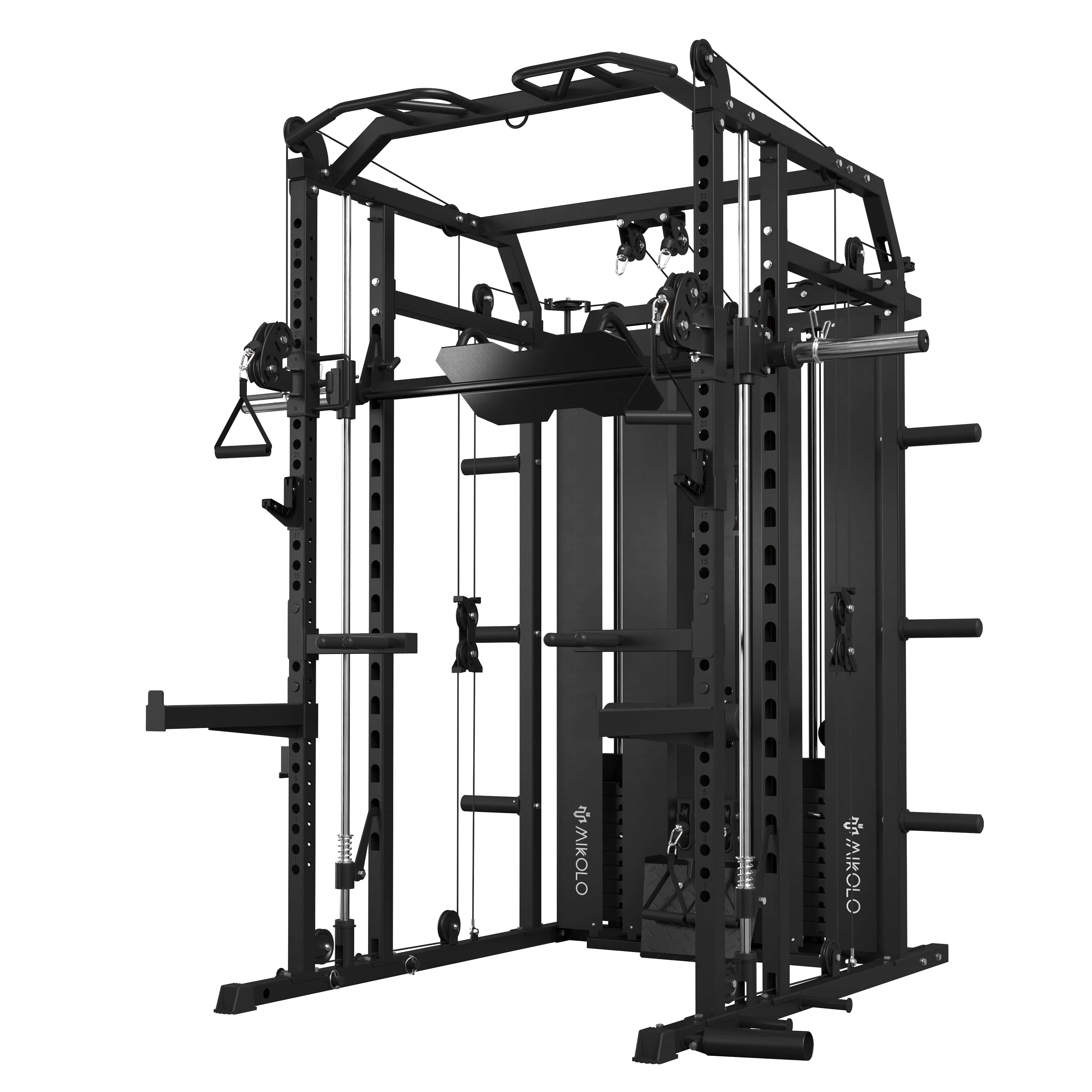









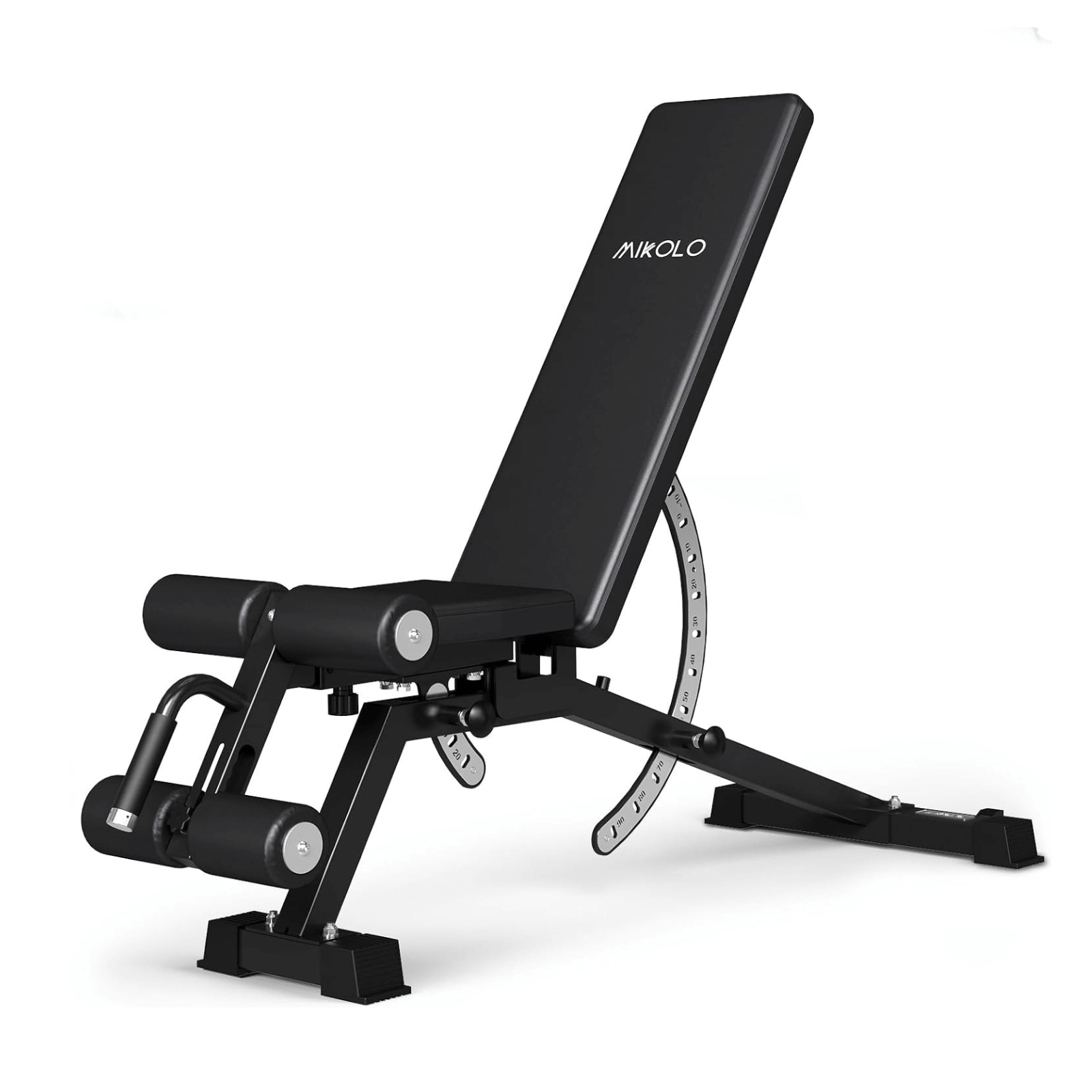







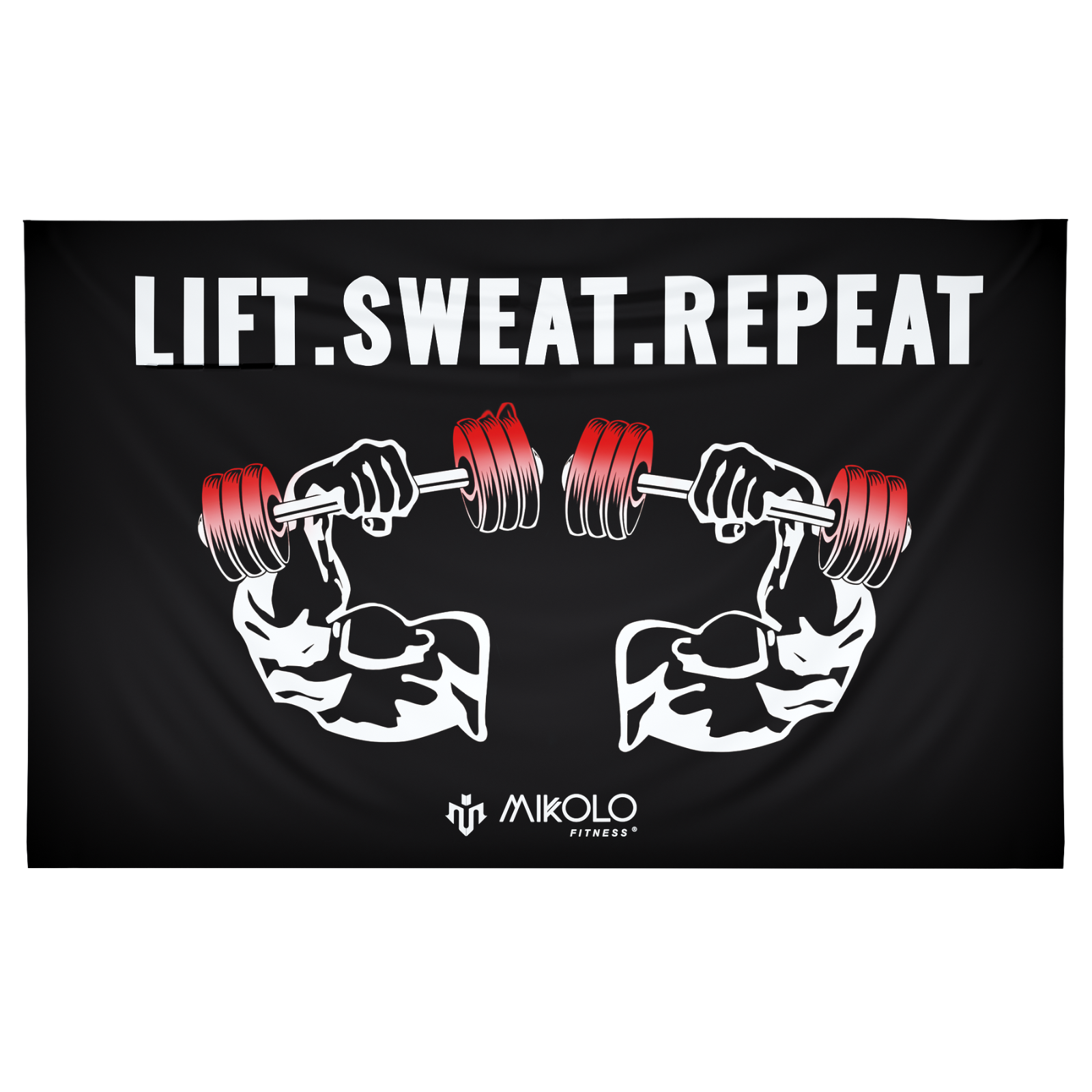

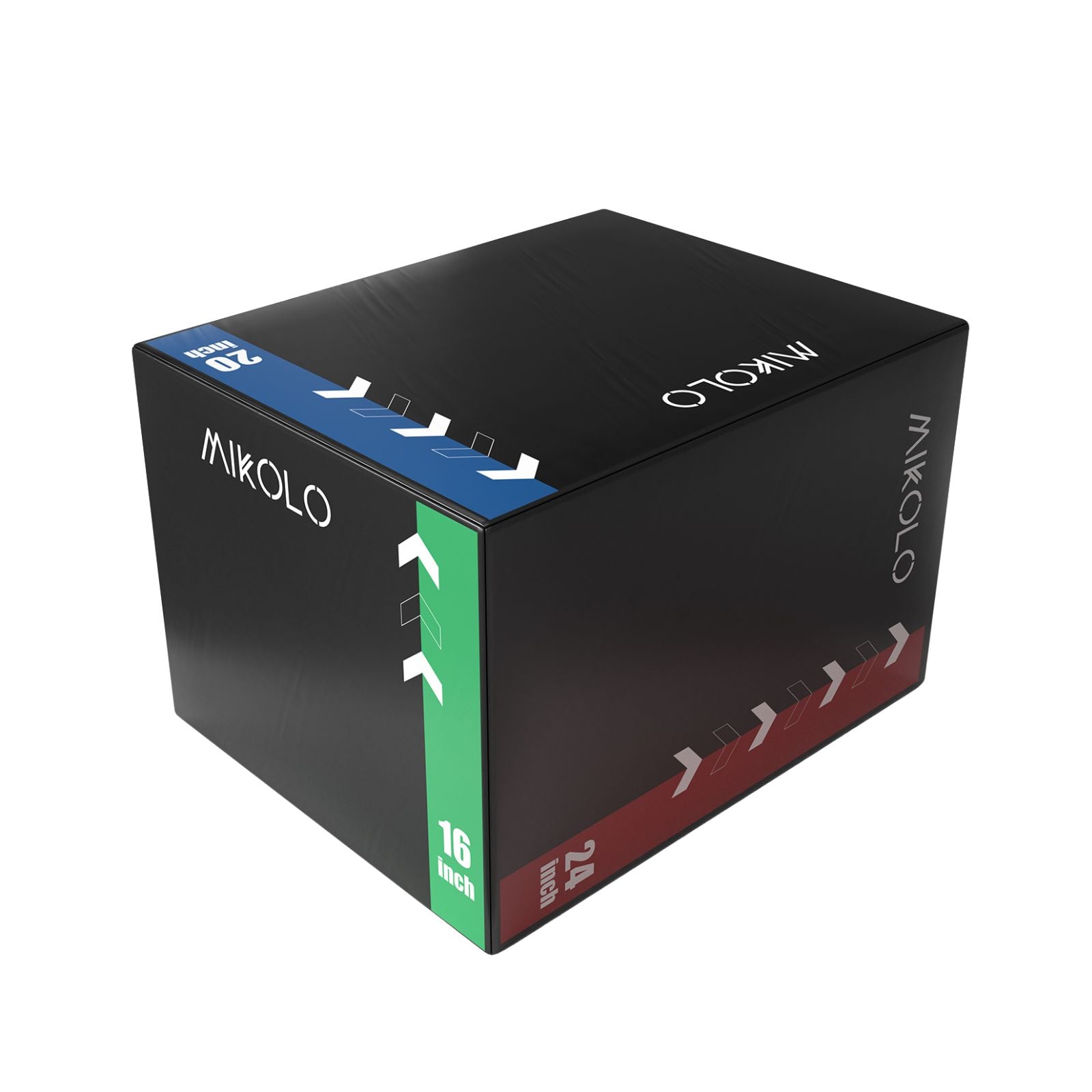

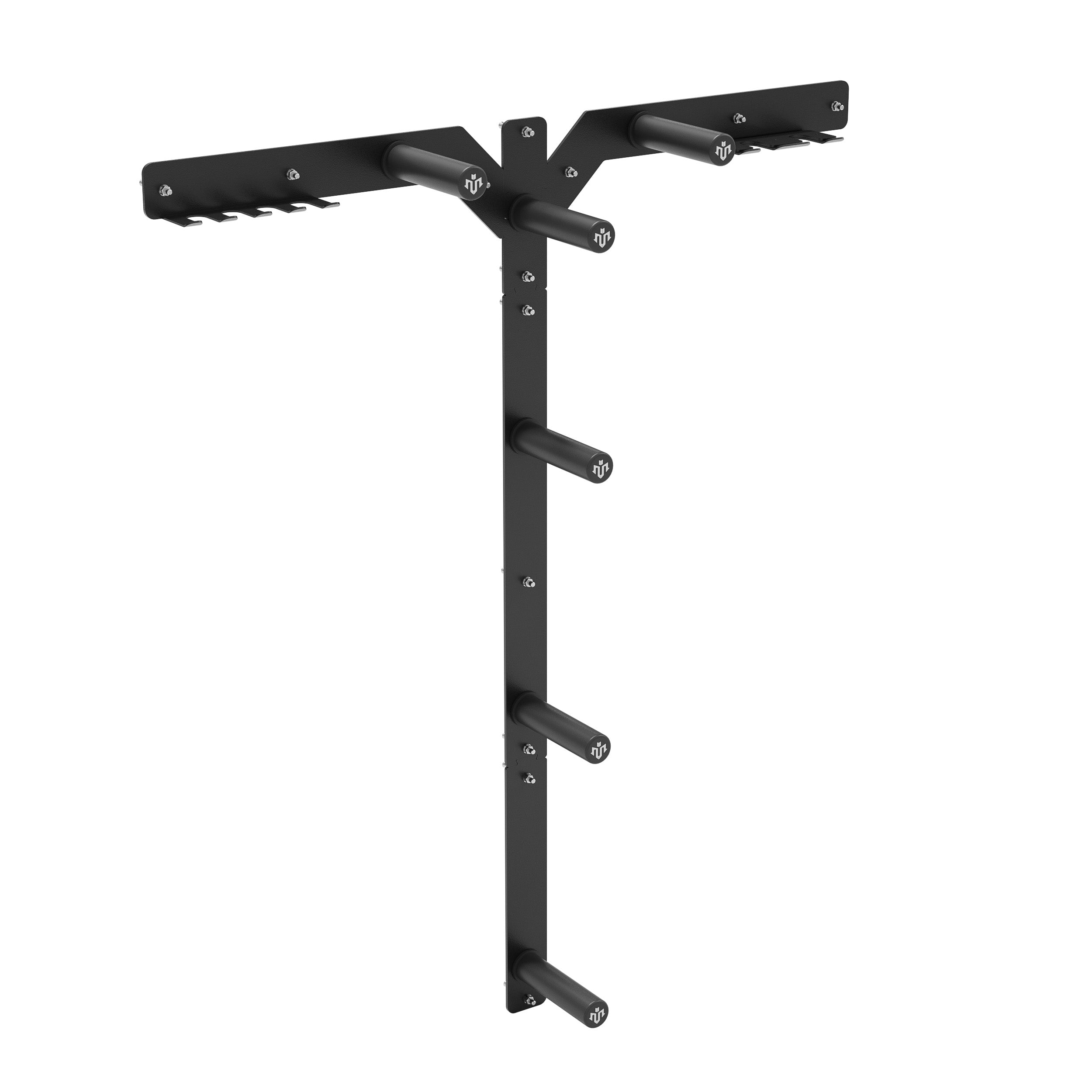




Leave a comment
This site is protected by hCaptcha and the hCaptcha Privacy Policy and Terms of Service apply.